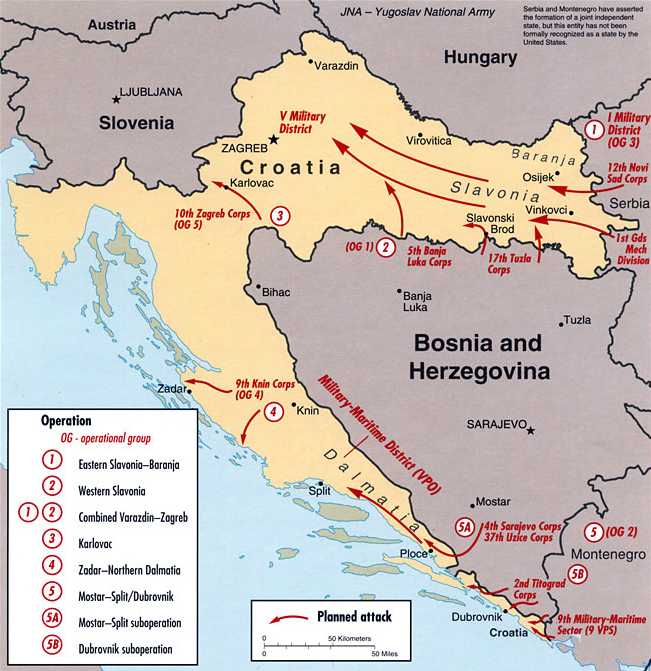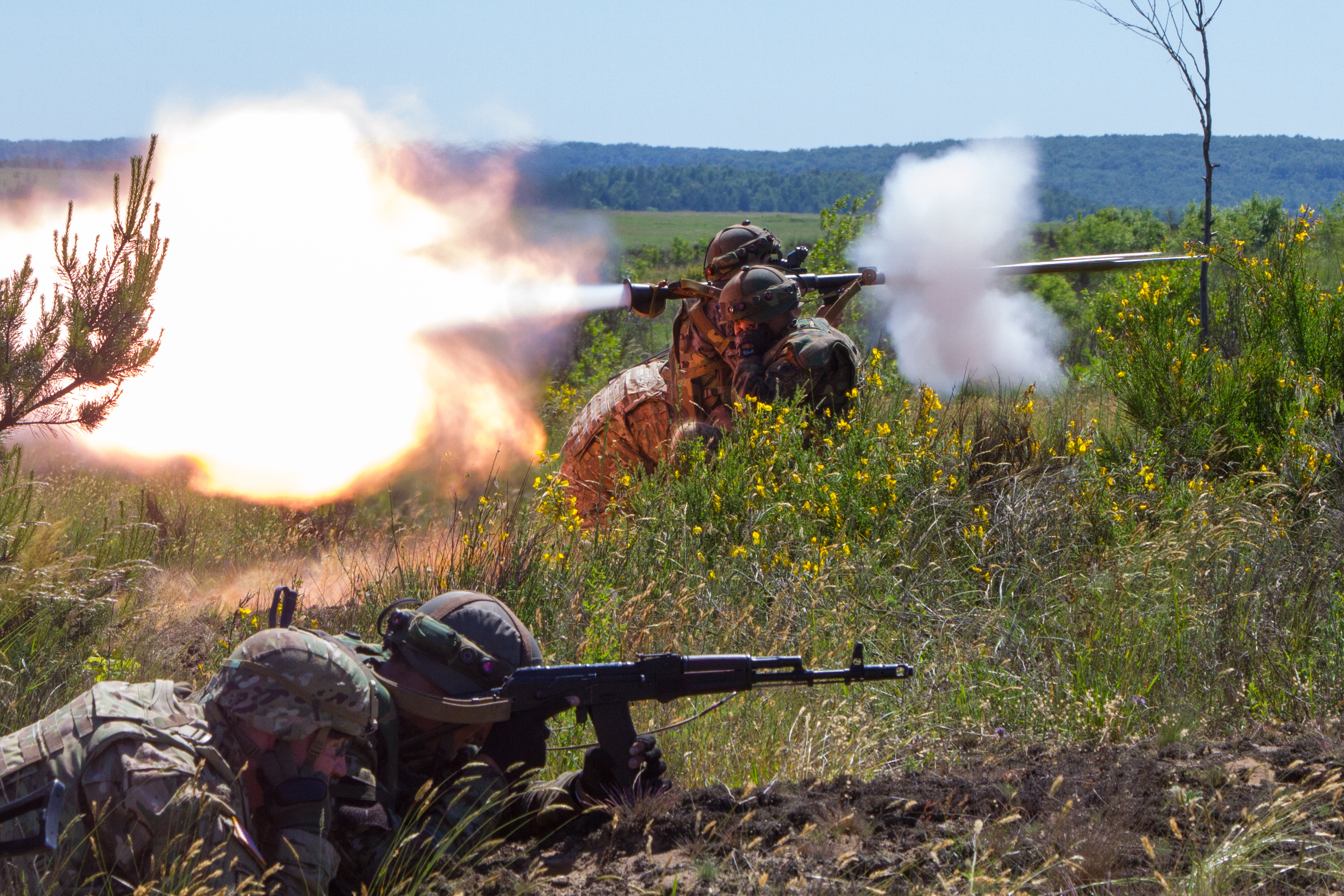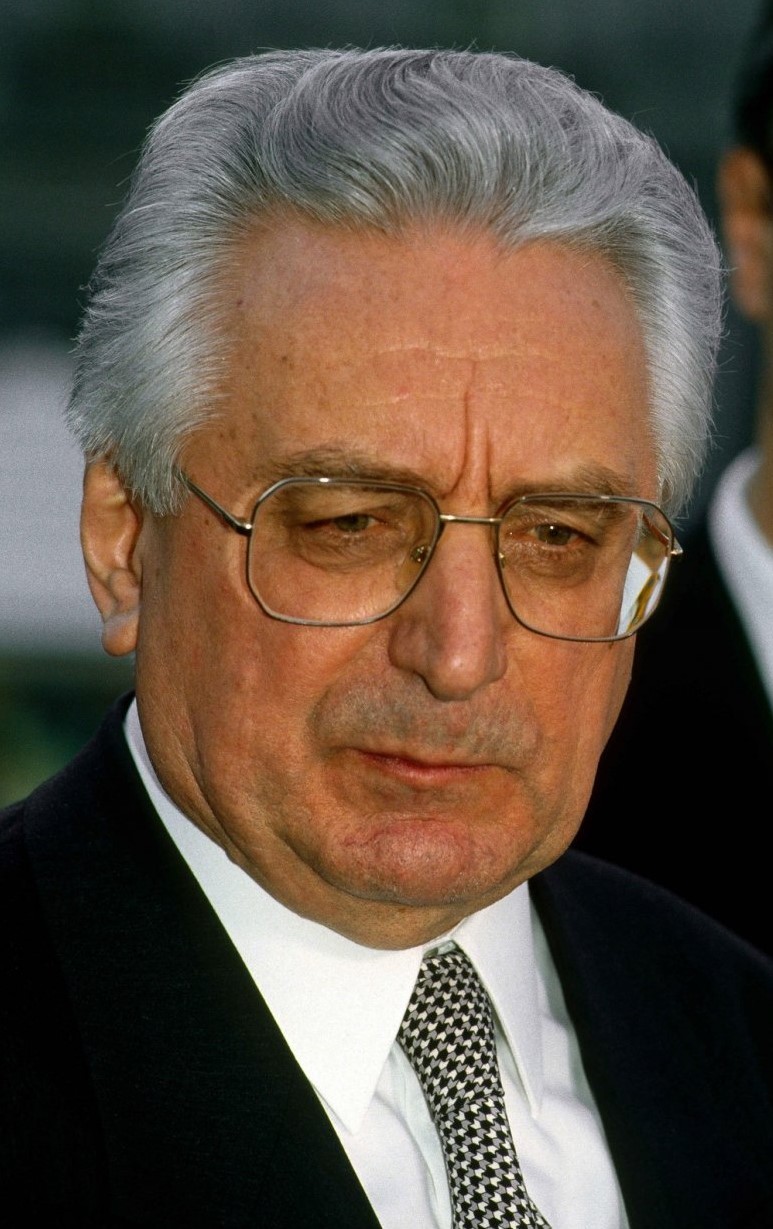|
Croatian Missile Boat Šibenik
''Šibenik'' (pennant number RTOP-21) is a missile boat in service with the Croatian Navy. It was built for the Yugoslav Navy at the Kraljevica Shipyard in the 1970s as ''Vlado Ćetković'' (RTOP-402).Wertheim (2007), p. 145. In 1991 during the early stages of the Croatian War of Independence it was captured by Croatian forces while being overhauled at the "Velimir Škorpik" shipyard in Šibenik. Design and construction ''Šibenik'' was launched as ''Vlado Ćetković'' (RTOP-402) on 20 August 1977 as the second ship in a class of six missile boats that were being built at the Tito's Kraljevica Shipyard for the Yugoslav Navy (''Jugoslavenska ratna mornarica'' – JRM). It was commissioned with the JRM in March 1978. The ship measures in length, with a beam and draught. Propulsion utilizes a CODAG arrangement with two MTU 16V 538 TB91 diesel engines used for economical cruising whilst two Rolls-Royce Marine Power Operations, RR Marine Proteus 52 M gas turbines are used for ach ... [...More Info...] [...Related Items...] OR: [Wikipedia] [Google] [Baidu] |
Kraljevica Shipyard
Kraljevica Shipyard is a shipbuilder at Kraljevica, on the Adriatic coast of Croatia. The shipyard was founded in 1729 by Charles VI, Holy Roman Emperor, and is claimed to be the oldest continuously operational shipyard in the world. The shipyard has been operating under the name ''DALMONT d.o.o.'' since 1992''.'' The government of Croatia has repeatedly attempted to privatise the shipyard, most recently in November 2010. The company was forced into bankruptcy proceedings by the Croatian government in March 2012. Vessels The shipyard has produced a variety of commercial ships, Naval vessel, military vessels, and superyachts. In 2009, Kraljevica Shipyard constructed the JoyMe, a 49.9 metre yacht. In 2010, the shipyard agreed to build two large trawlers for Russian clients. References {{reflist External links Kraljevica Shipyard Primorje-Gorski Kotar County Shipbuilding companies of Croatia 1729 establishments in the Habsburg monarchy 18th-century establishments in Hungar ... [...More Info...] [...Related Items...] OR: [Wikipedia] [Google] [Baidu] |
Croatian War Of Independence
The Croatian War of Independence) and (rarely) "War in Krajina" ( sr-Cyrl-Latn, Рат у Крајини, Rat u Krajini) are used. was an armed conflict fought in Croatia from 1991 to 1995 between Croats, Croat forces loyal to the Government of Croatia—which had declared Independence of Croatia, independence from the Socialist Federal Republic of Yugoslavia (SFRY)—and the Serbs, Serb-controlled Yugoslav People's Army (JNA) and Serbs of Croatia, local Serb forces, with the JNA ending its combat operations by 1992. A majority of Croats supported Croatia's independence from Yugoslavia, while many ethnic Serbs living in Croatia, supported by Republic of Serbia (1992–2006), Serbia, opposed the secession and advocated Serb-claimed lands to be in a common state with Serbia. Most Serbs sought a new Serb state within a Yugoslav federation, including areas of Croatia and Bosnia and Herzegovina with ethnic Serb majorities or significant minorities, and attempted to conquer as muc ... [...More Info...] [...Related Items...] OR: [Wikipedia] [Google] [Baidu] |
Landing Craft
Landing craft are small and medium seagoing watercraft, such as boats and barges, used to convey a landing force (infantry and vehicles) from the sea to the shore during an amphibious assault. The term excludes landing ships, which are larger. Production of landing craft peaked during World War II, with a significant number of different designs produced in large quantities by the United Kingdom and United States. Because of the need to run up onto a suitable beach, World War II landing craft were flat-bottomed, and many designs had a flat front, often with a lowerable ramp, rather than a normal bow. This made them difficult to control and very uncomfortable in rough seas. The control point (too rudimentary to call a bridge on LCA and similar craft) was normally at the extreme rear of the vessel, as were the engines. In all cases, they were known by an abbreviation derived from the official name rather than by the full title. History In the days of sail, the ship's boats wer ... [...More Info...] [...Related Items...] OR: [Wikipedia] [Google] [Baidu] |
Live Fire Exercise
A live fire exercise (LFX) is a military exercise in which live ammunition and ordnance is used, as opposed to blanks or dummies. The term can also be found in non-military usage. Military Militaries usually use live-fire exercises as an opportunity to use real ammunition in a realistically created combat situation. The area in which these tests are conducted will be devoid of people to avoid casualties, and will likely be owned by the government that authorized the test. Most live-fire tests are conducted either against derelict equipment (such as tanks and ships) or against remotely controlled drones. The purpose of this type of exercise is twofold: First, it offers recruits the chance to get accustomed to their weapons so that they will know how to properly operate them. Secondly, this provides soldiers with an opportunity to fire live ammunition without having to worry about an actual enemy returning fire. This allows soldiers to get reacquainted with the feel and time o ... [...More Info...] [...Related Items...] OR: [Wikipedia] [Google] [Baidu] |
Croatian Missile Boat Kralj Petar Krešimir IV (RTOP-11)
''Kralj Petar Krešimir IV'' (pennant number RTOP-11) is a in service with the Croatian Navy. It was laid down in 1990 at the Kraljevica Shipyard as the first ship in a new class being built for the Yugoslav Navy. As the Croatian War of Independence started gaining momentum, shipyard workers stalled the completion of the ship until the remaining Yugoslav forces retreated, preserving the ship for the Croatian Navy that was being formed. After entering service, ''Kralj Petar Krešimir IV'' along with represented the navy's main surface combatants until the end of the war, without participating in combat. Both missile boats were used in the Posejdon '94 exercise in October 1994. Although ''Kralj Petar Krešimir IV'' was plagued with engine malfunctions and other equipment problems throughout its service life, it continues to serve with the Flotilla of the Croatian Navy along with four other missile boats. The ship was the main motive for a series of postage stamps issued by the ... [...More Info...] [...Related Items...] OR: [Wikipedia] [Google] [Baidu] |
P-15 Termit
The P-15 ''Termit'' (; ) is an anti-ship missile developed by the Soviet Union's Raduga design bureau in the 1950s. Its GRAU designation was 4K40, its NATO reporting name was ''Styx'' or SS-N-2. China acquired the design in 1958 and created at least four versions: the CSS-N-1 ''Scrubbrush'' and CSS-N-2 versions were developed for ship-launched operation, while the CSS-C-2 ''Silkworm'' and CSS-C-3 ''Seersucker'' were used for coastal defence. Other names for this basic type of missile include: HY-1, SY-1, and FL-1 ''Flying Dragon'' ( Chinese designations typically differ for export and domestic use, even for otherwise identical equipment), North Korean local produced KN-1 or KN-01, derived from both Silkworm variants and Russian & USSR P-15, Rubezh, P-20 P-22 . Despite its large size, thousands of P-15s were built and installed on many classes of ships from torpedo boats to destroyers, and coastal batteries and bomber aircraft (Chinese versions). Origins The P-15 was not the ... [...More Info...] [...Related Items...] OR: [Wikipedia] [Google] [Baidu] |
Slobodna Dalmacija
(, where "Free" is an adjective) is a Croatian daily newspaper published in Split. History was first issued on 17 June 1943 by Tito's Partisans in an abandoned stone barn on Mosor, a mountain near Split, while the city was occupied by the Italian army. The paper was later published in various locations until Split was liberated on 26 October 1944. From the following day onward, has been published in Split. Another reason for this success was the editorial policy of Joško Kulušić, who used the decline of Communism to allow the paper to become a forum for new political ideas. In the early 1990s, established a reputation as a newspaper with a politically diverse group of columnists, both left-leaning and those who supported the government. However, the ruling right-wing Croatian Democratic Union tried discredit it, calling the journalists too "liberal", "communist" or "Yugoslav". At that time it had a circulation of 90,000 to 100,000 copies. In 1992, the government init ... [...More Info...] [...Related Items...] OR: [Wikipedia] [Google] [Baidu] |
Hrvatski Vojnik
''Hrvatski vojnik'' () is a Croatian military magazine published by the Croatian Ministry of Defense. Established in 1991 and billed as the "first Croatian military journal", the magazine regularly features articles on recent developments in military technology, military history, as well as news about the Croatian Armed Forces' activities at home and abroad. The magazine underwent several changes in format and frequency throughout its existence. Originally launched as a biweekly newsletter in November 1991, it was published in that form throughout the Croatian War of Independence (1991–1995). In the closing months of the war, in May 1995, ''Hrvatski vojnik'' was re-launched as a monthly military journal published alongside the ministry's new weekly newsletter titled ''Velebit'' (named after the eponymous mountain range A mountain range or hill range is a series of mountains or hills arranged in a line and connected by high ground. A mountain system or mountain belt is a ... [...More Info...] [...Related Items...] OR: [Wikipedia] [Google] [Baidu] |
Robert Hranj
Robert Hranj (born 5 September 1962 in Varaždin) is a Croatian Admiral, who served as Chief of the General Staff of the Armed Forces of Croatia. He was appointed to that position on 1 March 2020 after Zoran Milanović became the new President of Croatia. He was replaced in that position by Colonel general Tihomir Kundid Tihomir Kundid (born 2 February 1969) is a Croatian general who has served as Chief of the General Staff of the Armed Forces of Croatia since 8 March 2024. Biography Tihomir Kundid was born in 1969 in Varaždin. He graduated from the Faculty o ... on 8 March 2024. References {{DEFAULTSORT:Hranj, Robert 1962 births Living people Croatian admirals ... [...More Info...] [...Related Items...] OR: [Wikipedia] [Google] [Baidu] |
Breakup Of Yugoslavia
After a period of political and economic crisis in the 1980s, the constituent republics of the Socialist Federal Republic of Yugoslavia split apart in the early 1990s. Unresolved issues from the breakup caused a series of inter-ethnic Yugoslav Wars from 1991 to 2001 which primarily Bosnian War, affected Bosnia and Herzegovina, neighbouring parts of Croatian War of Independence, Croatia and, some years later, Kosovo War, Kosovo. Following the Allies of World War II, Allied victory in World War II, Yugoslavia was set up as a federation of six republics, with borders drawn along ethnic and historical lines: Socialist Republic of Bosnia and Herzegovina, Bosnia and Herzegovina, Socialist Republic of Croatia, Croatia, Socialist Republic of Macedonia, Macedonia, Socialist Republic of Montenegro, Montenegro, Socialist Republic of Serbia, Serbia, and Socialist Republic of Slovenia, Slovenia. In addition, two autonomous provinces were established within Serbia: SAP Vojvodina, Vojvodina an ... [...More Info...] [...Related Items...] OR: [Wikipedia] [Google] [Baidu] |
Gas Turbine
A gas turbine or gas turbine engine is a type of Internal combustion engine#Continuous combustion, continuous flow internal combustion engine. The main parts common to all gas turbine engines form the power-producing part (known as the gas generator or core) and are, in the direction of flow: * a rotating gas compressor * a combustor * a compressor-driving turbine. Additional components have to be added to the gas generator to suit its application. Common to all is an air inlet but with different configurations to suit the requirements of marine use, land use or flight at speeds varying from stationary to supersonic. A propelling nozzle is added to produce thrust for flight. An extra turbine is added to drive a propeller (turboprop) or ducted fan (turbofan) to reduce fuel consumption (by increasing propulsive efficiency) at subsonic flight speeds. An extra turbine is also required to drive a helicopter rotor or land-vehicle transmission (turboshaft), marine propeller or electric ... [...More Info...] [...Related Items...] OR: [Wikipedia] [Google] [Baidu] |






